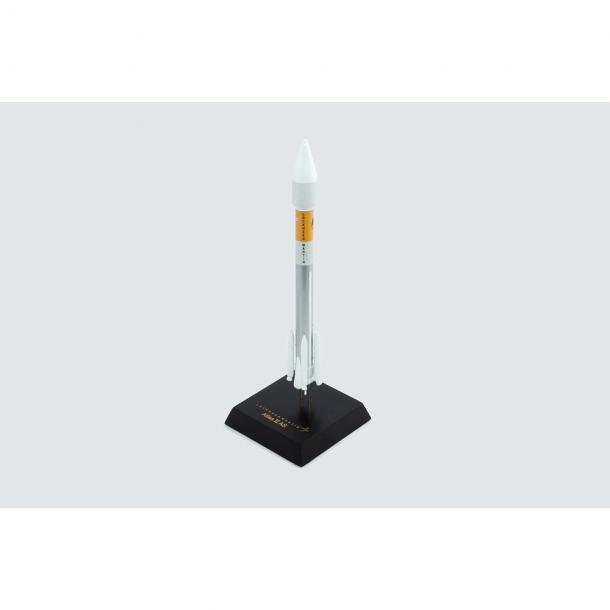ATLAS II MODEL

The Lockheed Martin Atlas II is a member of the Atlas family of launch vehicles, which stemmed from the successful Atlas missile program of the 1950s. It was the last Atlas to use a three-engine, two and a half stage to orbit concept, meaning two of its three engines were jettisoned during ascent, but its fuel tanks and other structural elements were retained. It was designed to launch payloads into low earth orbit, geosynchronous transfer orbit or geosynchronous orbit. The Atlas II family, which includes the Atlas II, IIA and IIAS, was developed in the mid-1980s to address the growing demand for large commercial geosynchronous satellites. Sixty-three launches of all three models were carried out between 1988 and 2004.
The Atlas II had its maiden flight on December 7, 1991. It provided higher performance than the earlier Atlas I by using engines with greater thrust and longer fuel tanks for both stages. It utilized an improved Centaur rocket stage, the worlds first high-energy propellant stage, to increase its payload capability. The Atlas II was equipped with lower-cost electronics, an improved flight computer and longer propellant tanks than the Atlas I. The IIAS was the most powerful derivative.
The Atlas has been used by NASA since 1958. It served as the launch vehicle for Project SCORE, an instrumentation package developed by the United States Army Signal Corps that became the world’s first communications satellite. The satellite broadcast President Eisenhower’s pre-recorded Christmas message worldwide.

Отзывы ещё не добавлены